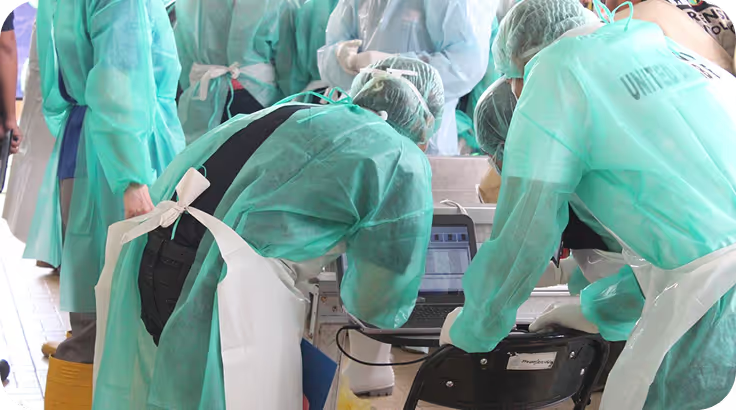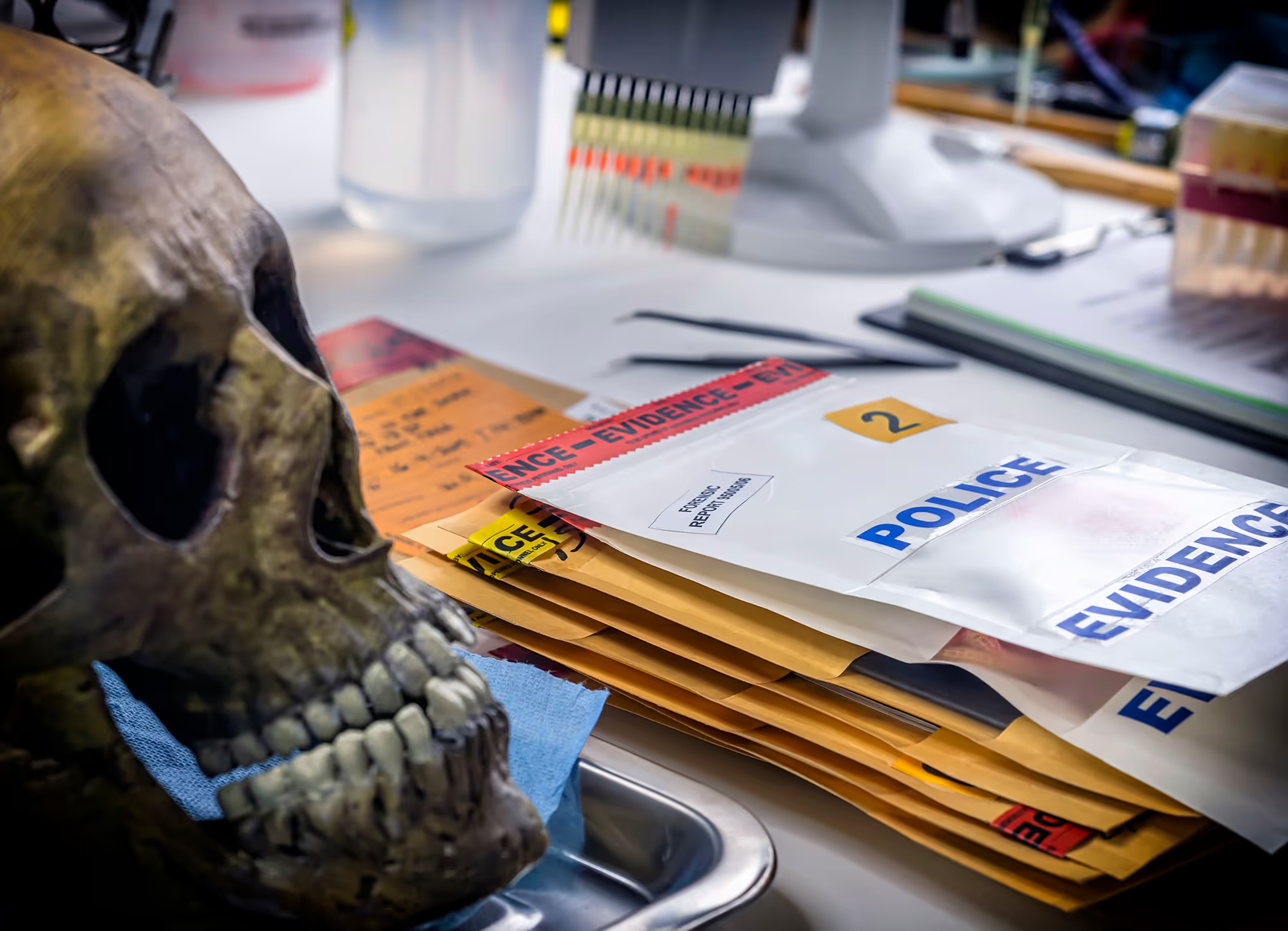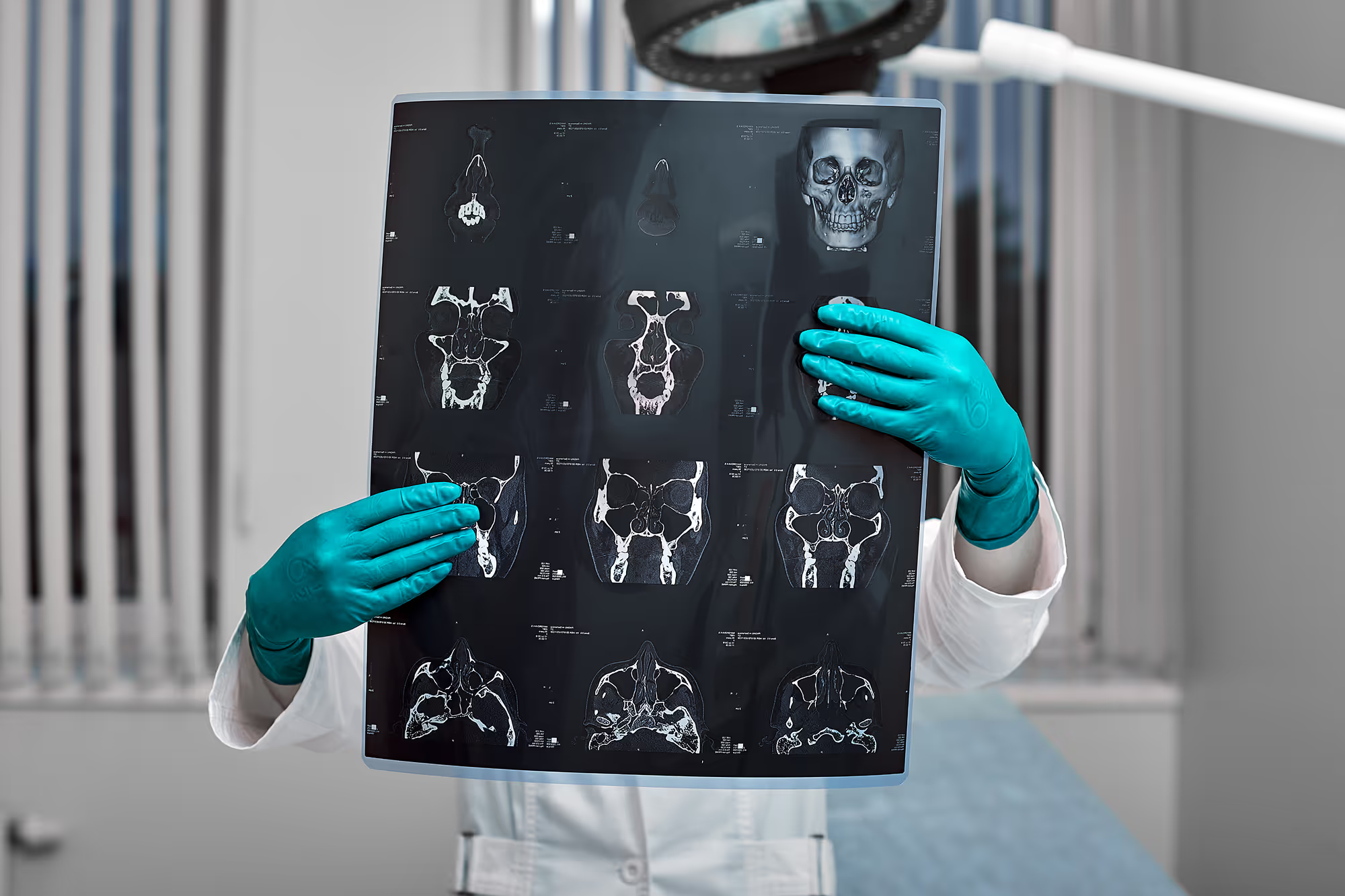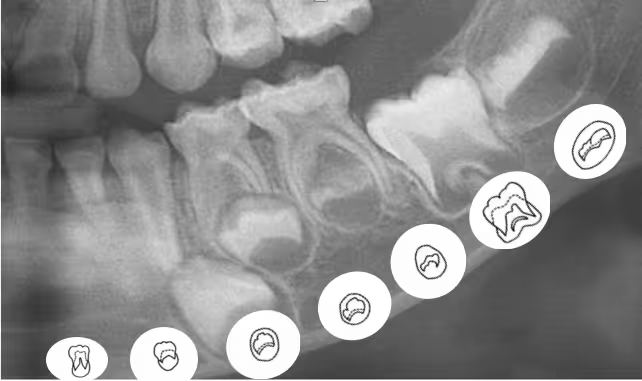Forensic Odontology in Action: Dental Identification in Disaster Recovery

In the aftermath of disasters - whether airplane crashes, natural catastrophes, or acts of terrorism - identifying victims becomes a critical yet complex task. In such scenarios, dental identification, which involves using dental records to establish a person’s identity, plays a crucial role as a core practice within forensic odontology. As a primary identifier in the Disaster Victim Identification (DVI) process, dental evidence often outperforms fingerprints and DNA due to its durability and accessibility.
Why Teeth Matter in Mass Casualty Incidents
Teeth are among the most durable human tissues. They can withstand extreme conditions, including:
- Fire and high temperatures
- Water immersion
- Advanced decomposition
- Long-term environmental exposure
Compared to other forensic techniques:
- Fingerprints can be compromised due to skin loss and are not always recorded in regions vulnerable to disasters.
- DNA analysis, while reliable, is time-consuming and costly, especially when handling large numbers of victims requiring multiple tests for purity.
- Dental identification, however, benefits from widespread dental record availability and a large pool of trained dentists who can support identification efforts, even in the absence of specialized forensic staff.
The DVI Process and Odontology's Role
DVI protocols follow four key stages under INTERPOL guidelines:
1. Scene recovery
2. Postmortem (PM) data collection
3. Antemortem (AM) data retrieval
4. Reconciliation and final identification
Forensic dentists are engaged in both postmortem and antemortem phases, meticulously comparing dental records, such as radiographs, treatment history, and anatomical features, with recovered remains. Specialized software tools like WinID, DVI System International, and Dental ID are used to assist in structuring and accelerating the matching process.
Key Lessons from Disaster Victim Identification
Past disasters have taught us that dental identification works best when supported by training, access, and technology.
First, trained dentists are essential. They must know forensic protocols and international DVI standards to work effectively in high-pressure situations.
Second, easy access to dental records, like digital X-rays and charts, can speed up identification and reduce delays.
Third, global teamwork matters. Coordinated efforts between countries help standardize procedures and improve outcomes, especially in multinational disasters.
Digital tools, like Dental ID, are also vital. They allow fast, structured comparisons and help reduce human error.
Finally, while DNA and fingerprints are useful, teeth often survive where other evidence doesn’t, making dental records one of the most reliable ways to identify victims.
First, trained dentists are essential. They must know forensic protocols and international DVI standards to work effectively in high-pressure situations.
Second, easy access to dental records, like digital X-rays and charts, can speed up identification and reduce delays.
Third, global teamwork matters. Coordinated efforts between countries help standardize procedures and improve outcomes, especially in multinational disasters.
Digital tools, like Dental ID, are also vital. They allow fast, structured comparisons and help reduce human error.
Finally, while DNA and fingerprints are useful, teeth often survive where other evidence doesn’t, making dental records one of the most reliable ways to identify victims.
Advancing DVI through Dental ID Technology
Dental ID is a specialized digital platform designed to enhance the accuracy and efficiency of dental-based identifications. It enables structured comparisons between postmortem and antemortem dental data, automates part of the assessment process, and reduces reporting time. Particularly in resource-limited settings, Dental ID allows forensic teams to work faster, with greater scientific precision and reduced reliance on manual methods.
In disaster recovery, where every minute counts, dental identification, empowered by digital technology, remains one of the most reliable and accessible tools for delivering closure and justice.
In disaster recovery, where every minute counts, dental identification, empowered by digital technology, remains one of the most reliable and accessible tools for delivering closure and justice.





















